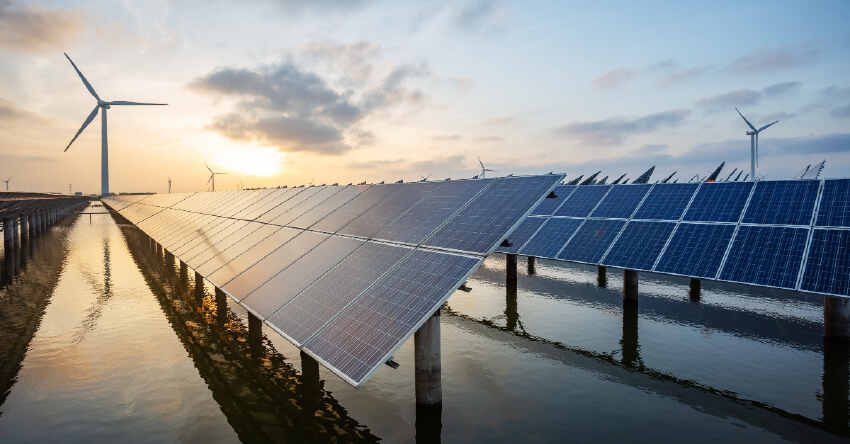By Sifiso Sibandze
The pending court battle regarding the multi-million Emalangeni tender for energy generation between ESERA and Voltalia SA/Semane Engineering Solution is hamstringing Eswatini’s efforts of reducing its heavy dependency on South Africa for electricity. About three years ago, Eswatini Energy Regulatory Authority (ESERA) launched a call for tenders to produce 40 MW of solar energy by 2020 and 40 MW of electricity from biomass by 2021. The objective was to reduce Eswatini’s dependence on electricity imports from South Africa and Mozambique.
Against this backdrop, almost three years down the line, ESERA has not made headway in the production of the 40 MW of Solar energy. It has been projected that it would be accomplished by 2020 but that has remained a mission impossible following a court challenge by Voltalia SA who objected to the tender outcome mainly because of what it termed a conflict of interest.

The tender was awarded to Globeleq Africa Holdings Limited and Africa Clean Energy Development, but Voltalia SA/Semane Engineering Solution objected to the tender outcome mainly because of what it termed a conflict of interest on the part of a consultant identified as Dr Shaneen Ahmed.
Voltalia/Semane said it had discovered that Ahmed, who was part of the tender committee as a consultant, was linked to the two companies that had won the tender. Ahmed was found to be a director of a South Africa-registered company known as Energy System Planning (ESP) which, on its website, had listed Globeleq as one of its ‘Indicative Clients’.
ESERA’s Manager – Consumer & Stakeholder Management Teclar Maphosa did not want to shed light on the update of the case, save to say it was sub judice.
Eswatini’s maximum demand was 232 MW in the 2020/21 financial year. For self-sustainability, the country requires around 180 MW of additional generation capacity to make a total of 265MW. This would cater to existing imported demand, reserve capacity as well as growth in electricity demand in the short term.
According to Maphosa, in substituting the South African imports, Eswatini should make full use of locally available energy resources and strive to produce power at competitive rates that will be affordable for the local market and attract investment into the country.
“This may mean a total generation capacity of 80-180MW to replace imports, taking into consideration existing power trading agreements in the region,” she said.
To enhance energy security and self-sufficiency, the Government of Eswatini embarked on the development of additional generation capacity to meet the country’s energy demand. The Ministry of Natural Resources and Energy established an Independent Power Producers (IPP) Policy that aims to increase the utilization of local renewable energy resources including biomass and solar.
Eswatini has also developed an Energy Master Plan that presents further possible scenarios for new power generation capacity up to 2034. The Energy Master Plan was supplemented with a five-year Short-Term Generation Expansion Plan (SGEP) prioritizing 40 MW solar and 40 MW biomass power generation plants.




